Between Dreams and Reality Microsite (2022)
Graphic/interaction design course project exploring creation of visual identity, and cross-medium application to assets and microsite prototype using Figma
context
academic, team of 5
role
visual/ui/ux design, content strategy, prototyping
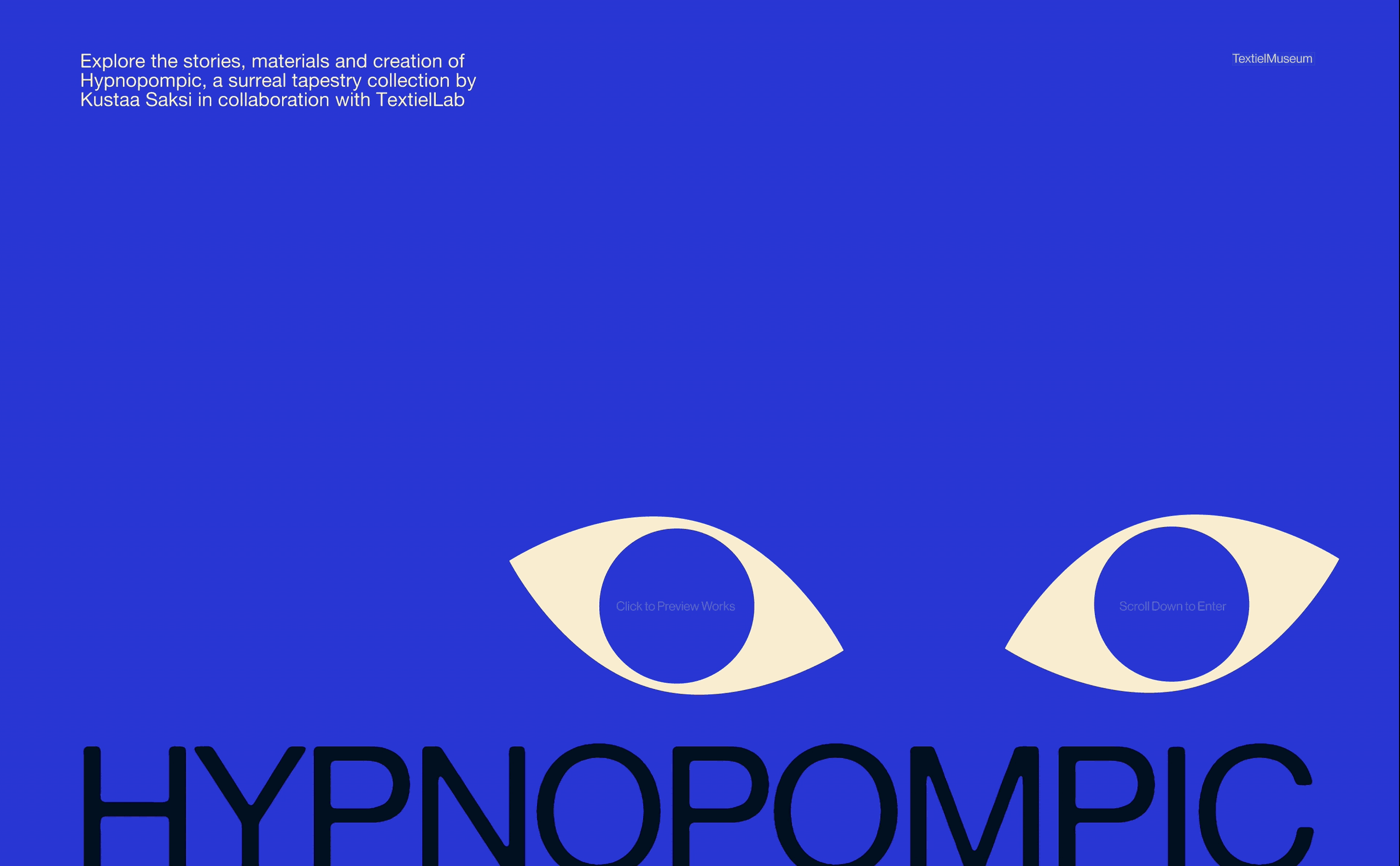
outcome
This project was centered around learning art direction and interaction design and creating a graphic visual identity to iterate into a microsite prototype for a cultural arts client. Our microsite accompanies an art exhibition of tapestries telling the story of dreamlike hallucinations experienced by the artist. The site walks users through the narrative, materials, and processes used to create the tapestries, enhancing understanding and appreciation while conveying their eerie and surreal themes. The full tapestries are never shown, opting instead for close-ups of tapestry details, encouraging viewers to visit the exhibition to see the works in full.
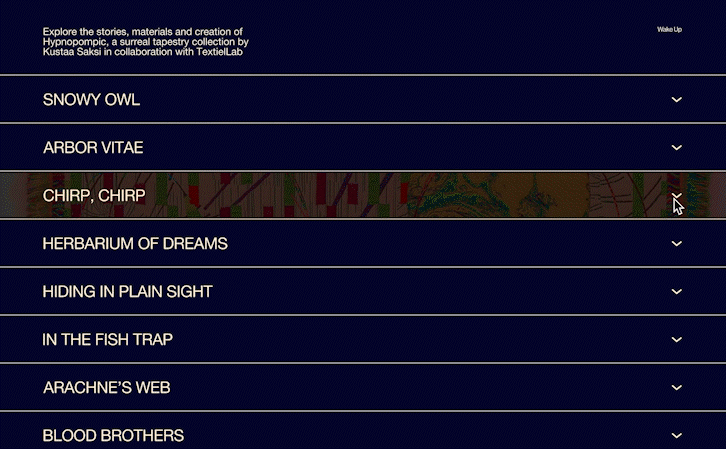


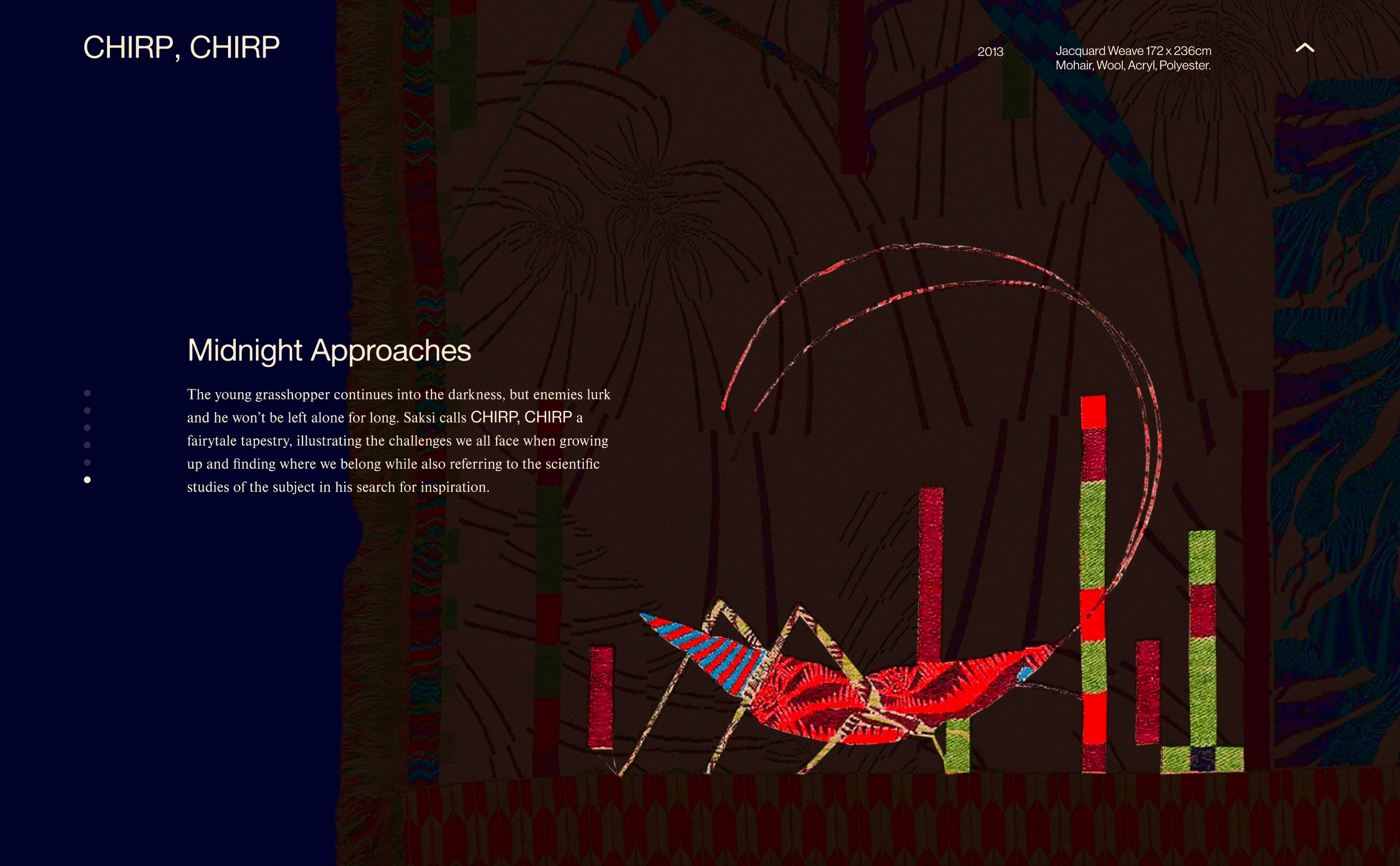
process
The project began by studying the work of precedent designers to extract guiding design qualities. These were applied in three weeks of graphic exploration, where concepts were explored extensively, before being refined into three distinct art direction strategies expressed as posters and graphic assets. The work of precedents influenced our semantic and practical approach and encouraged us to expand our exploration beyond design software, for example using photography and a scanner to abstract type and imagery.

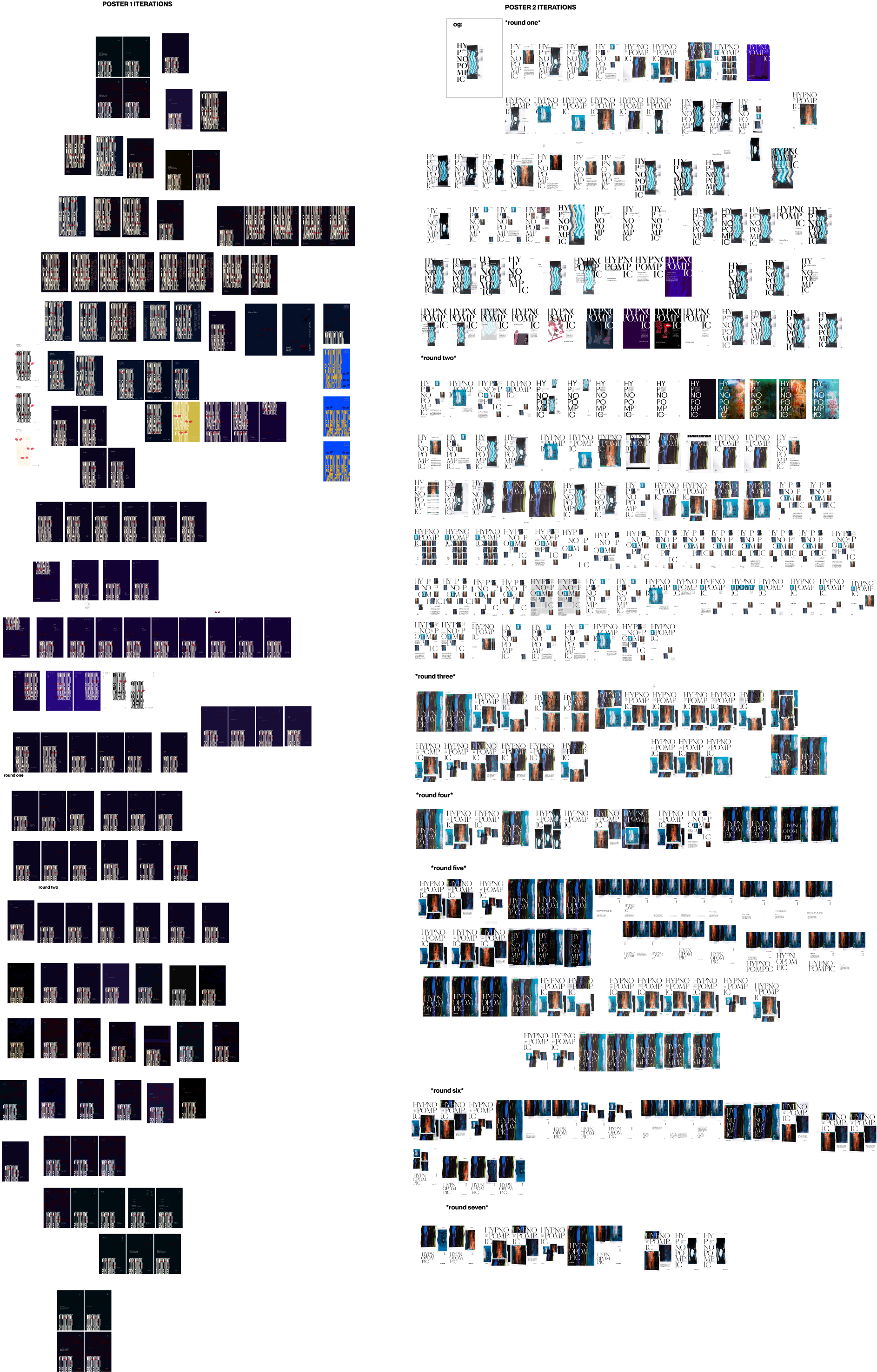

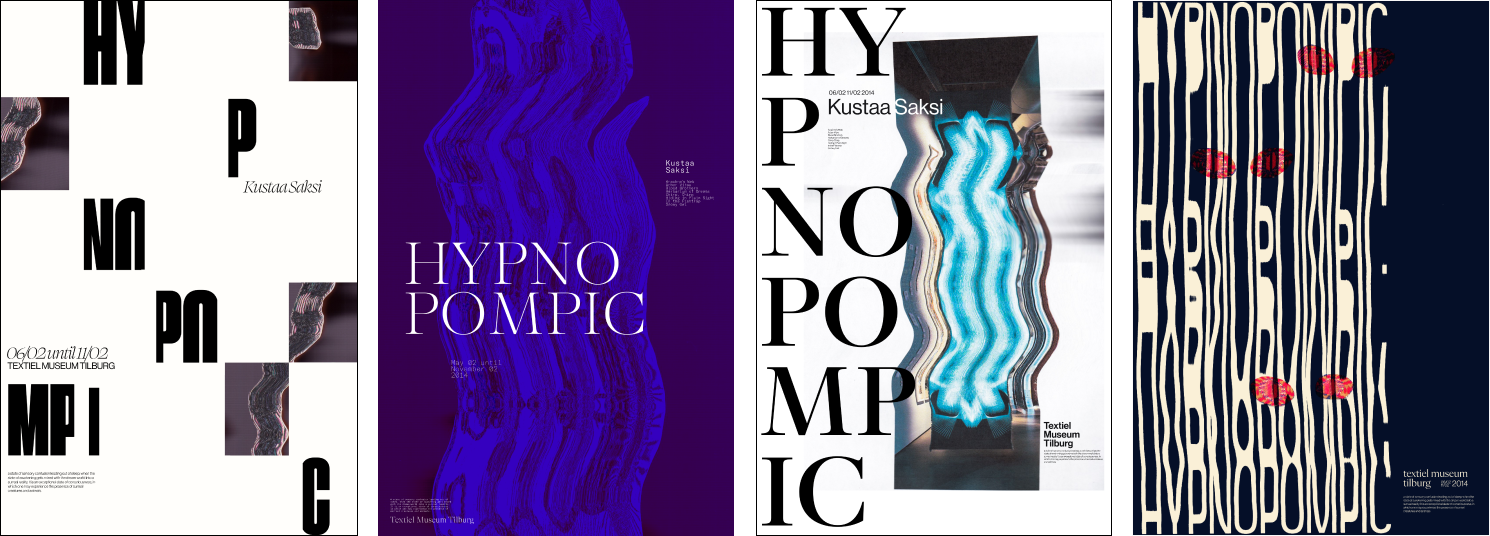
challenge
Creating the visual identities involved pushing boundaries of legibility and structure, which initially came at the cost of cohesion. A challenge was maintaining an exploratory approach while retaining underlying design principles. To ensure the work had intention, the tapestry imagery and narrative became the driving force of the project, with all visuals aiming to abstract and enhance their meanings. This facilitated meaningful exploration in a narrowed design domain and led refinement of graphic explorations into distinct art direction strategies with specific identity goals.

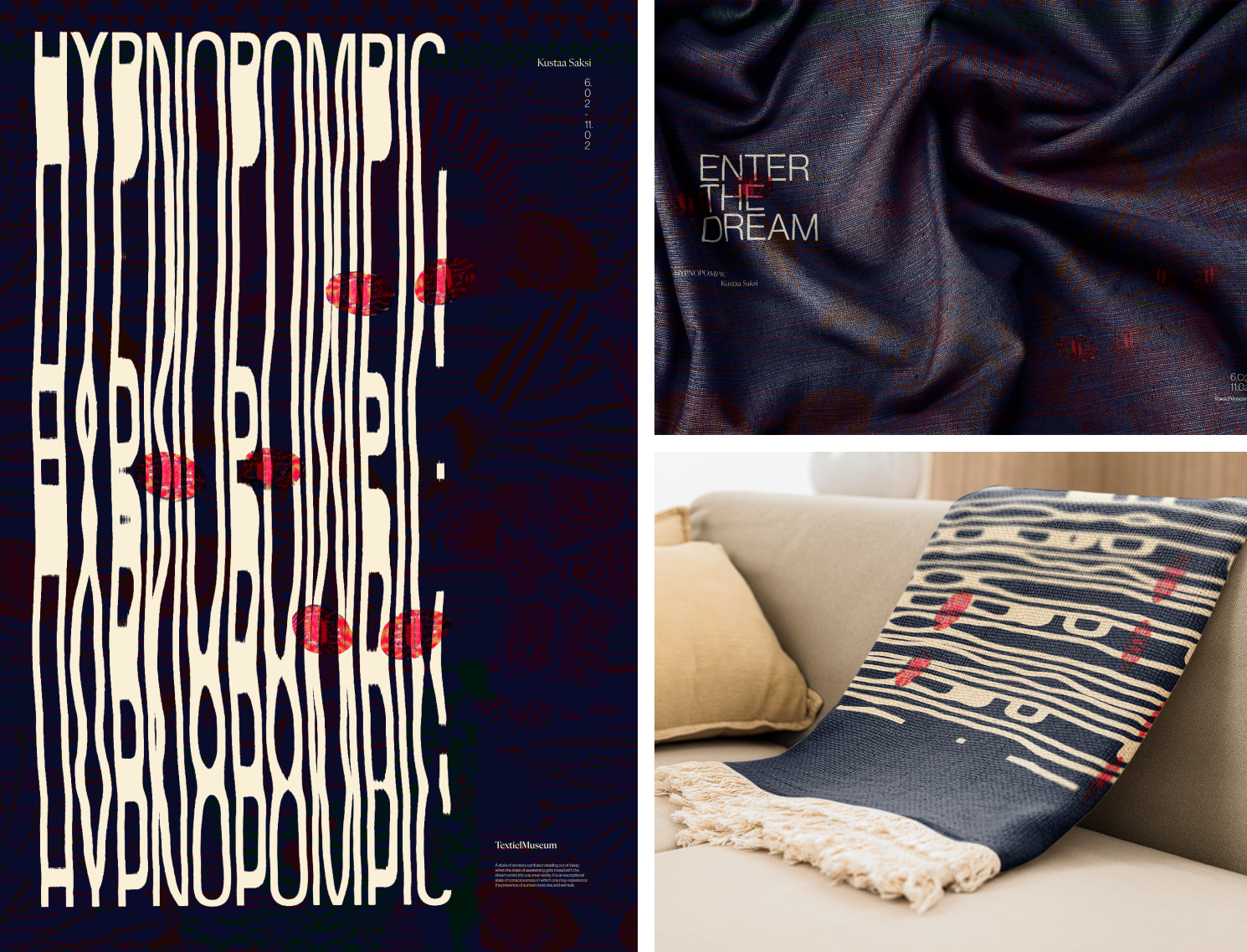
reflection
This project taught me about visual design and content strategy through the graphic work and the creation of slides to present our work for weekly critique. I learned how to present and justify my design decisions and learn from other perspectives and integrate feedback to improve subsequent work. Studying precedent designers was also influential, and I will continue to approach projects with the intention to learn as much as I can from outside sources to continually improve my design practice.
The project was presented as a final slide deck including a detailed walkthrough and process explanation.